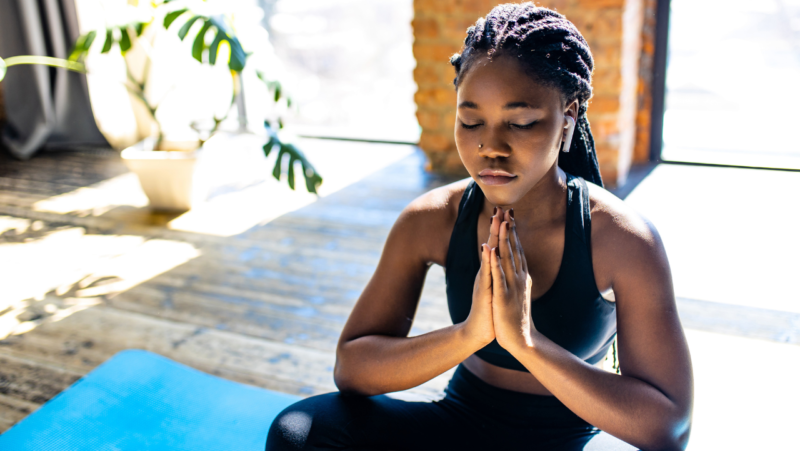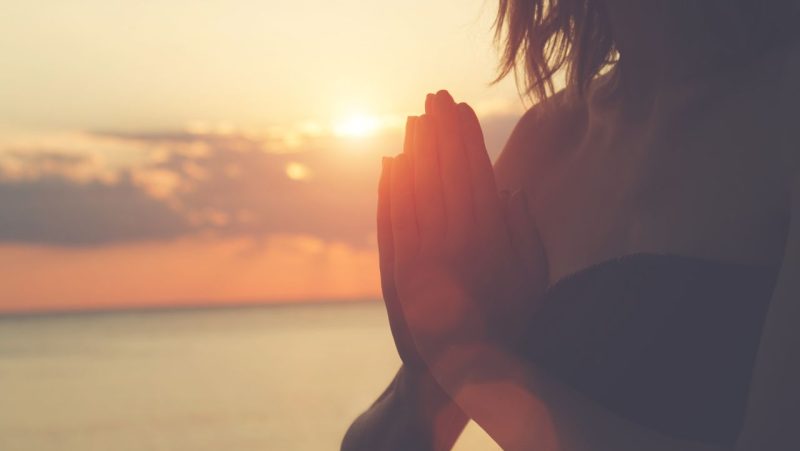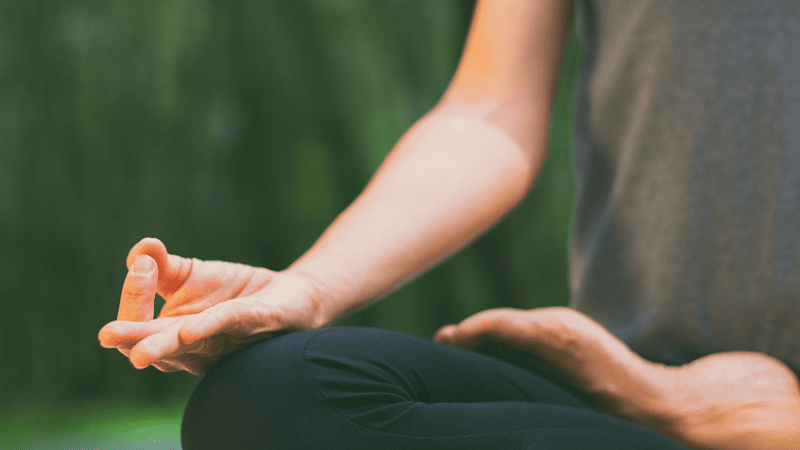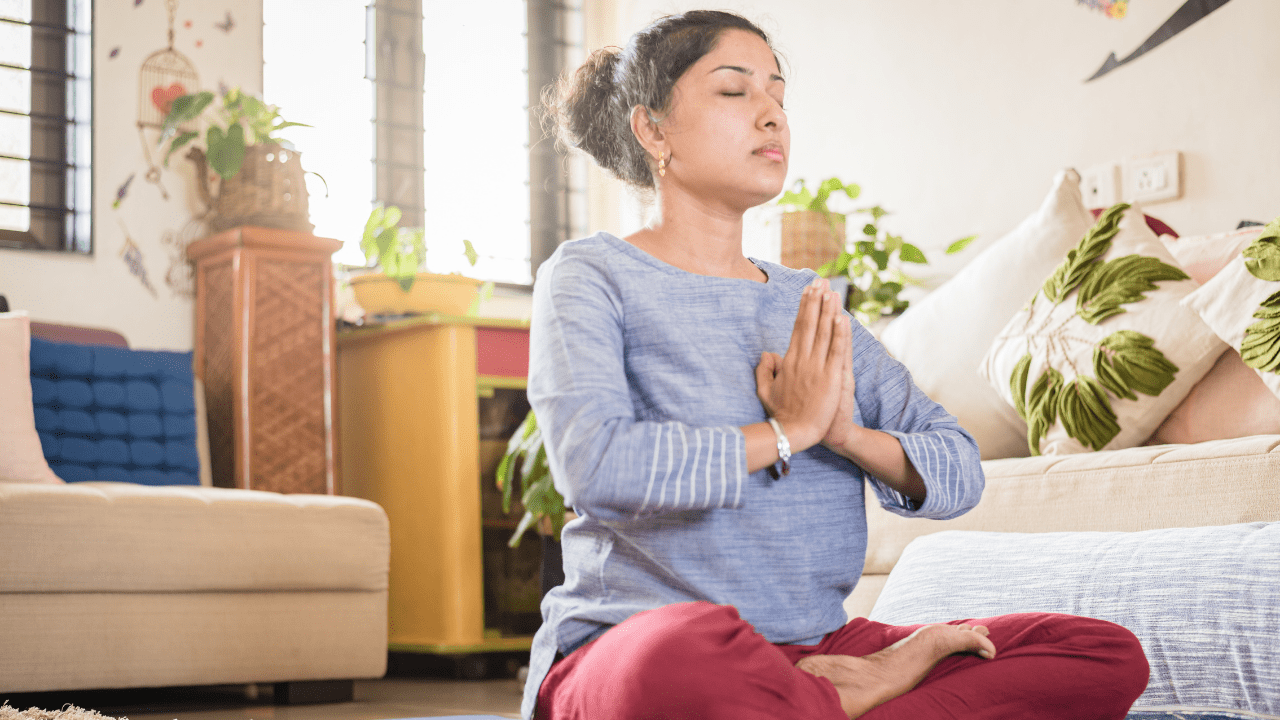
Anyone can meditate
A beginner’s guide to meditation. By Sophie McCahey
With so much messaging around meditation in the modern world, we must peel back the layers.
When I tell people that I am a yoga teacher, it is often met with a reaction such as, ‘Oh I can't be zen’, ‘I can't sit in silence’ or ‘Meditation is not for me’… and the most heartbreaking of all, ‘I can’t meditate’.
Something that keeps rearing its head is the belief that meditators are an exclusive club and in order to enter you have to have a certain mindset, a certain outlook, or to be completely devoid of thoughts.
In fact, many of us, through no fault of our own, have managed to perceive meditation as the exact opposite of what it actually is. Meditation invites us to simply be and, in fact, there is no expectation at all to be anything or to do anything. Meditation is possible for virtually anybody! Before you jump to the reasons why you are the exception, please hear me out!
When we picture meditation, many of us will envisage a super-zen, peaceful yogi who manages to sit in uninterrupted silence for four-hour blocks. It is perhaps portrayed as something that only certain types of people are capable of. This can leave us feeling flat, less than, and wondering how we could possibly fit this into our everyday…let alone be able to quiet our brains that are so buzzing from daily life. The good news is you have just as much right and capability to meditate as those super-zen yogis! The barrier is only a false narrative of what it actually means to meditate.
Meditation is thought to have originated in India several thousands of years ago, roughly 1,500 BC, and it is connected to the history of the Hindu faith as well as Buddhism. There is also evidence of meditation practices in China as early as the 3rd century BC.
So, what does it mean to meditate? And how do we dissect the confusing language around modern-day meditation? How do we see clarity through the marketing around this ancient practice and forge a path that will enhance and benefit our lives while honouring what it really means to meditate?
Perhaps the best starting point is to figure out what works for us as individuals. This could be through trial and error and doing some self-enquiry. It might be helpful to set goals for meditation but allow them to be soft and flexible, perhaps setting some intentions as to what we hope to get out of our new practice, such as a feeling we would like to cultivate.
Going into it with a positive attitude is helpful. Instead of thinking ‘I can't do this’ or anticipating it to go badly, let’s cultivate an open mind.
Once we have set our intentions and we have our positive mindset, we can then begin our practice. There are many ways we can give it a go. Many people who are new to meditation like to practice a short, guided meditation to begin with. There are many of these on YouTube, Instagram or apps such as Headspace. Some people like to practice the same meditation a few times or stick with the same person guiding it. However, others like to mix it up and try a new one each time. A short one is the best place to start as this avoids overwhelm.

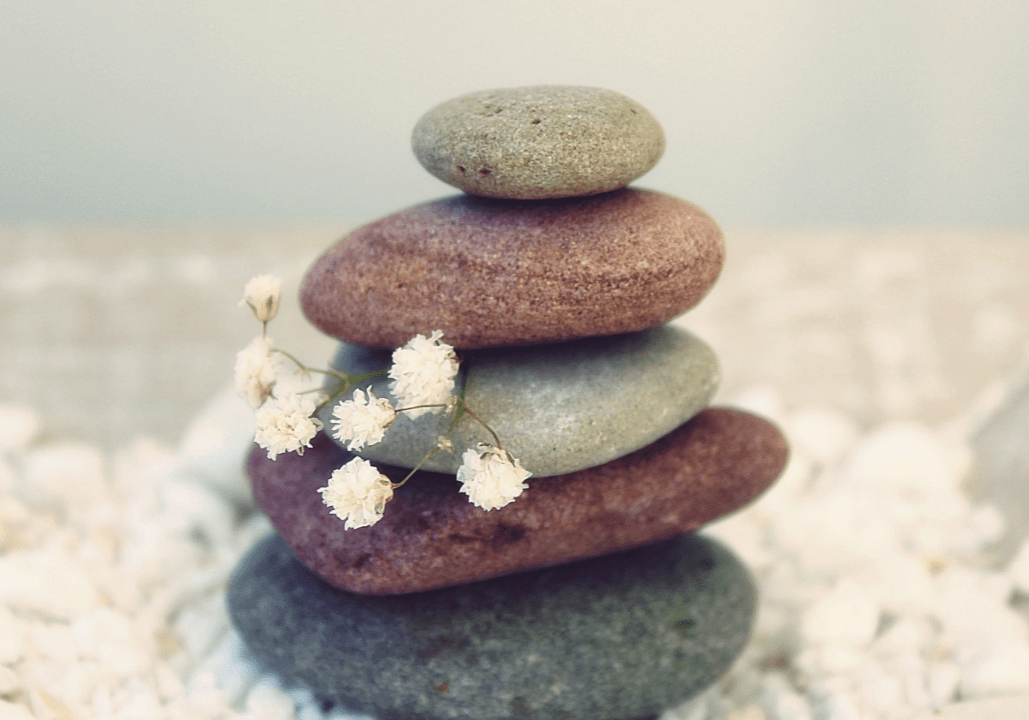
I have a friend who was always afraid to meditate and hates sitting in silence. But I did a guided practice with her in which I spoke most of the way through it and she was pleasantly surprised at how much she enjoyed it. So, if you can relate to this, a guided meditation might serve you well.
If you would prefer to try it without guidance, you can simply set a timer on your phone. Insight Timer is a brilliant (and free!) app which has a countdown clock on it which bookends your meditation with bells and you can even choose from a selection of background music and sounds.
Once we have our method sorted, the key for a successful meditation is knowing that every meditation is inherently successful. It’s accepting that thoughts may keep popping into our minds, and we might accidentally give into them, but we’re still showing up and doing our best to allow them to pass.
We, as humans, can be so hard on ourselves but we need to remember that we have a human mind and it will always throw up thoughts and this is okay. Part of this acceptance is surrendering to the flow of life.
One day, we might have a meditation practice without many busy thoughts and with a relatively still mind, yet the next day our mind might feel chaotic. We are never static and we have changing moods and this is okay too, so don’t be disheartened. There is never a ‘bad’ meditation and being clearer minded does not mean you have had a better practice.
It can also be really helpful to note the difference in how you're feeling. Meditation has many tangible benefits such as improving sleep, anxiety, mood and energy levels, so keeping a log to track your progress can be really motivating and rewarding.
It can be really beneficial to think of meditating as an ongoing journey and our goals and intentions might morph as we progress on our path. It is really helpful to see meditation as something light and enjoyable, even if this takes a bit of getting used to. Meditation is often presented as a super-serious practice…but it doesn’t have to be! The key is to take any pressure or expectations off and just see what flows in. Above all else, it is about allowing ourselves to just be.


